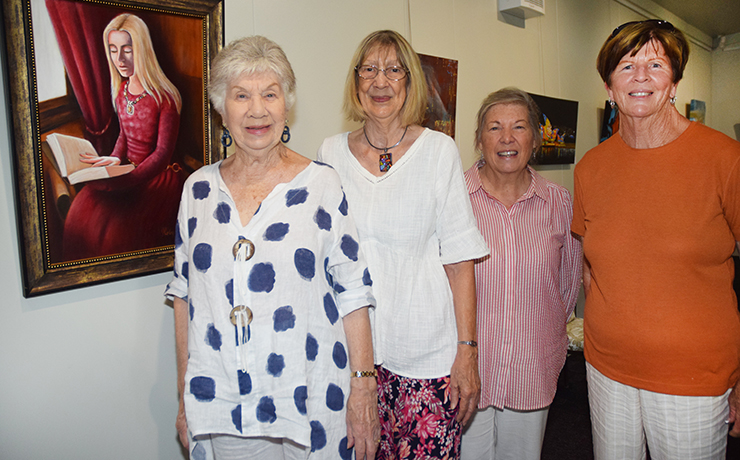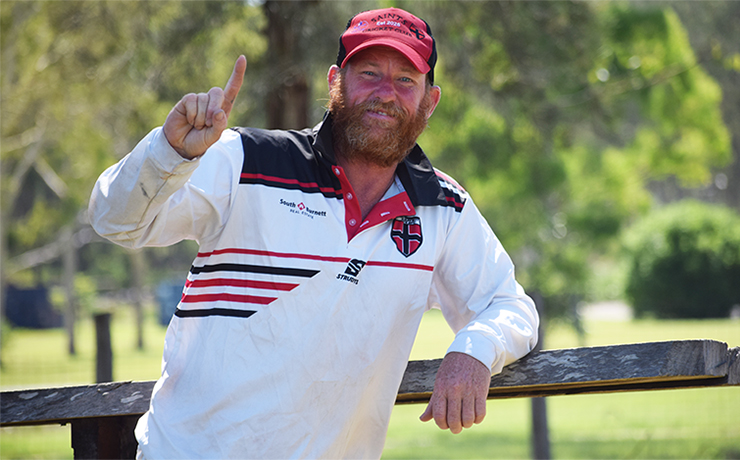
April 1, 2025
Research published this month has found that young Queenslanders who have had contact with the youth justice system face an increased risk of dying early.
The research, published in The Lancet, followed 48,670 young people who had contact with the youth justice system in Queensland between 1993 and 2017.
Lead researcher Professor Stuart Kinner, from Curtin University, said this was the first comprehensive study in Australia of mortality outcomes among young people after contact with the youth justice system.
“We found that these young people were 4.2 times more likely than their community peers to die prematurely, with the most common causes of death being suicide, traffic accidents and drug poisoning. Most of these tragic deaths occurred before the age of 25,” Prof Kinner said.
“We also found that more severe and prolonged contact with the criminal justice system was associated with a greater risk of death.
“Compared to those who had only been charged with an offence, the likelihood of premature death was 30 per cent higher for those who had been subjected to community supervision, and 90 per cent higher for those who had spent time in youth detention.
“Despite this, 98 per cent of the deaths in our study happened in the community and not in custody.
“Although it is critical to prevent deaths in custody, we also need to ensure that young people who have been discharged from the youth justice system get the support they need to help prevent these tragic and largely preventable deaths.”
Prof Kinner said that government and community agencies need to work with these young people, and their carers and families, to make sure they get the help they need, when and where they need it.
“Young people who have had contact with the youth justice system may have difficult family relationships and are at an increased risk of homelessness, mental illness, substance use disorder, and risk-taking behaviours making them particularly vulnerable,” he said.
“Achieving better outcomes for these young people will require co-ordinated, multi-sectoral investments in care that extend beyond the criminal justice system. These efforts must be gender-sensitive, culturally responsive, and typically led by Indigenous communities and organisations.”
The research was funded by the Australian National Health and Medical Research Council.























